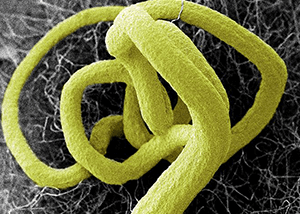Research articles
The latest science in DNA barcoding
The butterfly effect: geographic patterns of DNA barcode variation in subtropical Lepidoptera
Forest dynamics, spatial distribution patterns, and sampling scale are associated with mitochondrial DNA variation in Argentinian butterflies
Hunting for a water mite neotype in southern Norway
Scientists rediscover lost specimens of water mite in Norway 120 years after they were first described
GBOL III: Dark Taxa
Researchers launch new BIOSCAN project that aims to illuminate thousands of new insect species on Germany’s doorstep.
Spring into action: Life in Earth’s rarest soils under threat
Springtails (Collembola) in the Antarctic indicate that unique soil biodiversity in the region faces biotic homogenization due to increased human activity
Judge a caterpillar by what they eat, not where they’re found
Gut content analysis of Peruvian caterpillars reveals new insights into host-plant relationships and the methods used to examine species interactions key to BIOSCAN
Discovering ten new species of Paramyia Williston (Diptera: Milichiidae) in North America using DNA barcoding
Making the process of species identification more efficient by focusing morphological efforts using DNA-based tools
For editorial submissions and queries:
About the iBOL Consortium
The iBOL consortium involves scientists and research organizations in 30+ nations. It is developing and employing the DNA-based identification systems required to deliver a detailed understanding of global biodiversity by working in partnership with academic, government, and private sector organizations.
Learn more about the latest iBOL News using the link below:
news highlight

INITIATIVES TO INTERCEPT PANDEMICS THROUGH GENOMICS
BIOSCAN, Earth BioGenome Project, and Global Virome Project Propose Pandemic Interception System
Don't Miss Out!
Subscribe to the iBOL Barcode Bulletin for updates on DNA barcoding efforts, the iBOL Consortium, and more.






